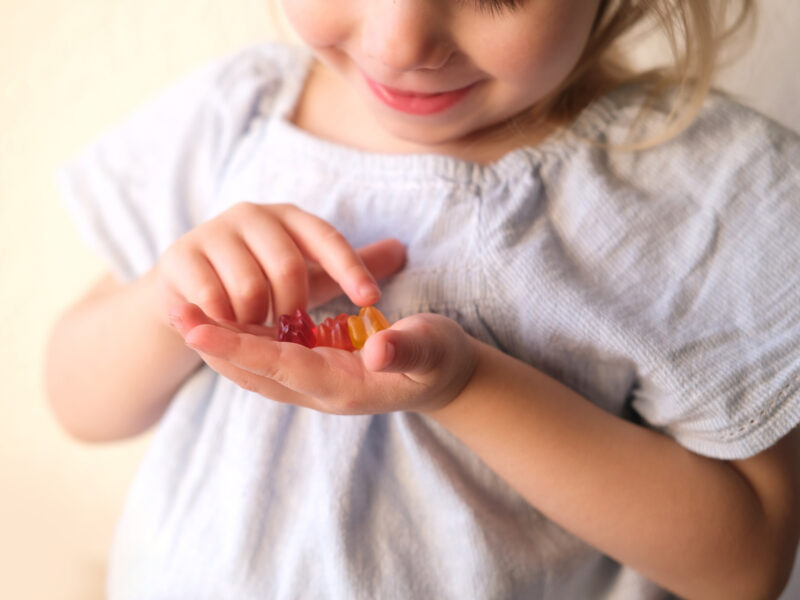Liquid Danger
Liquid Danger https://pediatricsnationwide.org/wp-content/themes/corpus/images/empty/thumbnail.jpg 150 150 Dave Ghose Dave Ghose https://secure.gravatar.com/avatar/f146b259ebc8ba9d52ea9ef823792abf?s=96&d=mm&r=g- June 23, 2014
- Dave Ghose
Henry Spiller, MS, DABT, never used to worry too much about nicotine poisoning. If a child ate a cigarette, he might throw up but wasn’t going to die. Then e-cigarettes took off about seven years ago and changed the equation. Now, Spiller and other toxicologists fear the death of a child from nicotine poisoning is imminent.
“We all believe it’s a matter of time,” says Spiller, the director of the Central Ohio Poison Center at Nationwide Children’s Hospital.
A recent study highlights the looming threat. In April, the Centers for Disease Control and Prevention released a report that tracked the number of calls involving e-cigarettes made to U.S. poison control centers. Calls increased from one per month in September 2010 to 215 per month in February 2014, with about half involving children under the age of 5. Similar results were reported in central Ohio, where total e-cigarette calls went from six in 2011 to 35 through just the first five months of 2014.
So-called “e-liquid” concerns toxicologists the most. E-cigarette users inhale a vapor that the battery-powered devices create from a liquid that includes highly concentrated nicotine, a neurotoxin that can cause convulsions, seizures and even death in larger doses, especially if consumed by children with low body weights.
“All you have to do is swallow a relatively small amount of the e-liquid, and you can get a fairly large dose of the nicotine,” says Kevin Chatham-Stephens, MD, a co-author of the CDC study. Add other risk factors — child-friendly flavors such as root beer, bubble gum and watermelon and appealing, brightly colored refill bottles without childproof caps — and you have a recipe for disaster, toxicologists say. “We’ve never had it so widely available in such an attractive little bottle,” Spiller says.
In late April, the U.S. Food and Drug Administration proposed cracking down on the almost entirely unregulated $2 billion e-cigarette industry. The FDA is seeking input from the public through July 9 on health concerns related to extending its authority to e-cigarettes and other tobacco products, but proposed regulations currently don’t include a child-resistant cap requirement for e-liquid refill bottles or a warning label that urges people to keep e-liquid out of the reach of children.
Even without federal help, however, raising awareness can protect children, advocates say. “It’s something that pediatricians should talk to their families about,” says the CDC’s Dr. Chatham-Stephens, a pediatrician. “Many people just aren’t aware of the potential danger associated with e-cigarettes.”
“As a pediatrician, I’m used to counseling families on potentially toxic substances in the household, whether it’s gasoline or bleach or prescription medicine,” Dr. Chatham-Stephens says. “So part of the solution is just knowing what may be dangerous in your house.”
Reference:
Chatham-Stephens K, Law R, Taylor E, Melstrom P, Bunnell R, Wang B, Apelberg B, Schier JG. Notes from the Field: Calls to Poison Centers for Exposures to Electronic Cigarettes — United States, September 2010-February 2014. CDC Morbidity and Mortality Weekly Report. April 4, 2014 / 63(13);292-293
- Posted In:
- In Brief





